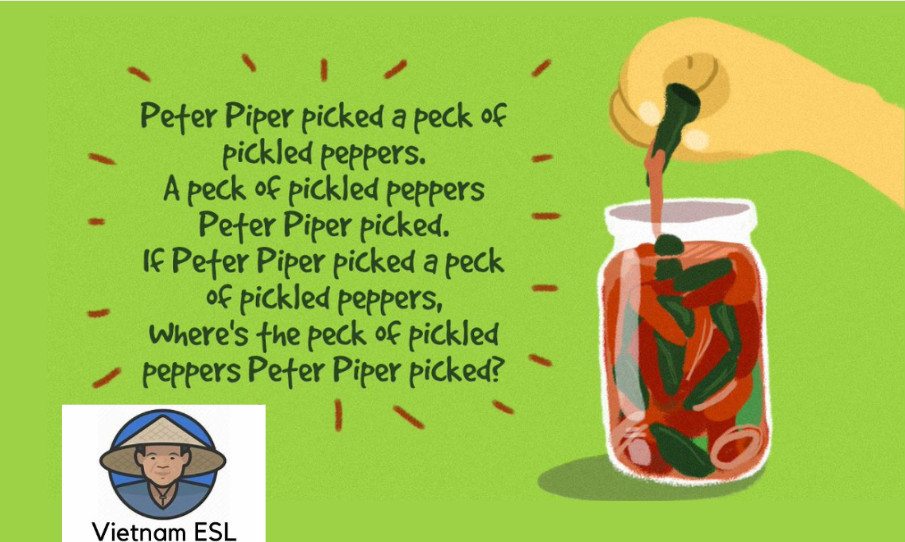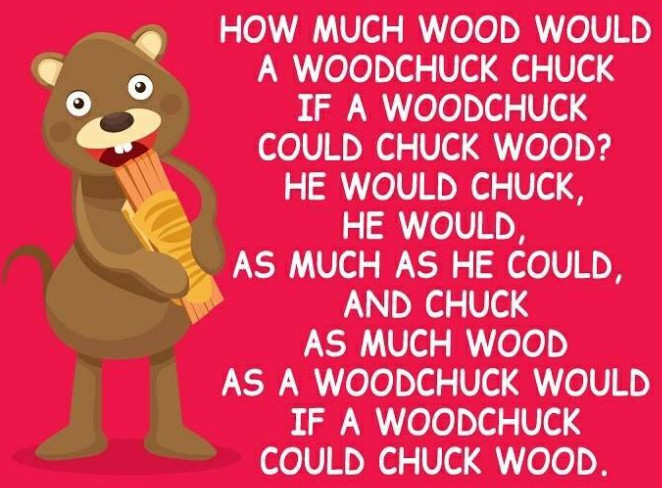Using Drama as a Teaching Method.
I have found drama to be a very effective classroom tool. Although it is not often used by a lot of teachers and I don’t understand why. Well, actually I do, I think. One of the thoughts maybe is that you are giving the students a chance to cause havoc in the classroom. Especially with younger students in an ESL environment. Doubly so if you can not speak the native language, class control can be more complicated. However, I have found the pros to outweigh the cons.
Your students can get more engaged in the ESL classroom by using drama because they are responsible for using their language skills in formal play. Gaining perfect intonation, developing fluency, increasing confidence, and a host of other advantages are among the advantages of using drama in the classroom. Who knows, you might discover the new Dustin Nguyen who was in 21 Jump Street, The Rebel, The Doom Generation, and Little Fish.
Dramatic Play.
All ages can benefit from drama for learning, although few educators or institutions use it to its fullest extent outside of the early years.
Dramatic play and theater allow for skill development and confidence building. The students converse both verbally and non verbally. It entails acting out both the familiar and the foreign, as well as imitating and mimicking. It can be a lot of fun for the student, and if well-prepared, fun for the teacher as well.
One example could be students participating in puppetry and small-world play while assuming people’s roles from books, movies, and real life. You could draw up a great lesson involving making masks or puppets.
First Palette has a great collection of masks you can print out for the younger performer.

Children frequently behave like grownups in dramatic play and whole-class theater because they feel empowered and in charge when they do so. They act in a way that suggests they already possess the abilities and behaviors they strive for.
It takes skill to be able to engage with others in a “play” manner. Empowering their confidence through drama will also see an improvement in their English skills.
Using Drama in the ESL Classroom.
If you’ve had students do straightforward role-plays or read a conversation from their textbooks aloud, you’ve already integrated some drama into your classes. This is a good prelude to additional drama-related activities.
Expressing the passion behind the discourse and including motions or gestures, encourage children to develop their dramatic skills when reading dialogue and participating in role-plays. Students can take it a step further by creating their own dialogue and/or memorizing their lines to perform a quick skit in front of the class.
Impromptu Theater.
Impromptu theater in the classroom is yet another method. Using this impromptu drama technique, students in the intermediate to the advanced range are given a hypothetical circumstance to spontaneously act out utilizing their English vocabulary and linguistic abilities. Provide pairs of students, for instance, a scenario involving two people. Consider anything that might be hilarious, like a person having dinner and receiving sub par service in a restaurant. Give the pupils their parts, then ask them to perform the scene. For larger classes of students, improvisation exercises are also an option.
Let’s do a Class Play.
Another fantastic approach to introduce theater to your pupils is through a class play. You could begin by reading a brief narrative or performing a play in class. Finally, allot class time to studying lines and practicing parts, assigning kids to various roles, or letting them choose their own. A class production of the play marks the culmination of the program. If you can, incorporate straightforward costumes and props. I have found that the older the student, the fewer props are needed. The younger students almost need the mask or prop to help them escape into the realm of fantasy.
Repetition and reading your lines for ESL
By repetition, students pick up the language and retain it. Although repeating the same lines repeatedly could seem tedious, your pupils will be more inclined to do it as they get more adept at remembering their lines.
Try to spice things up throughout the practices by having the pupils experiment with various acting techniques and movements. I will ask the students to perform sentences or phrases in various “moods.” For instance, I might ask them to perform a sentence while acting mad, in love, or angry. You will learn who the outgoing student in your class is, which is usually hilarious.

You can also get your “actors” to deliver their lines as fast or as slow as they can. I like to do the speed test with “tongue twisters”. You can imagine what it is like when reading out this tongue twister fast.
“Peter Piper” and the “Woodchuck” tongue twister are always favorites for this lesson and well worth making the effort to do. I also have “Challenge the Teacher” A lot of fun.
Writing for ESL Plays
If teaching a pre-intermediate, intermediate, or higher class I will ask the students to write their own dialogue. Most of the class books will have some form of dialogue in the back of the book or now with “ChatGPT” you can print out a prearranged copy as an example. But get the student to write their own play, yours should just be used as an example.
A Funny Play by Chat GPT.
[Scene: A cafe. Two friends, Alice and Bob, are sitting at a table with coffee and pastries.]
Alice: So, how’s school going for you?
Bob: Oh, you know. Same old, same old. Classes, homework, exams, stress.
Alice: Yeah, I hear you. School can be tough sometimes.
Bob: Sometimes? More like all the time. Especially with Mr. Smith as our math teacher.
Alice: Oh, don’t get me started on Mr. Smith. He’s the worst.
Bob: I know, right? He’s so boring and strict and mean.
Alice: And he gives us so much homework. It’s like he doesn’t want us to have any fun.
Bob: Or any sleep.
Alice: Or any life.
Bob: Exactly. He’s ruining our lives.
Alice: And he’s so bad at explaining things. Half the time I don’t understand what he’s talking about.
Bob: Me neither. He just writes a bunch of numbers and symbols on the board and expects us to figure it out.
Alice: And he never answers our questions. He just says “read the textbook” or “look it up online”.
Bob: Or “you should know this by now”.
Alice: Or “this is basic stuff”.
Bob: Or “this is not rocket science”.
Alice: Or “this is elementary, my dear Watson”.
Bob: Wait, what?
Alice: Yeah, he said that to me once when I asked him to explain a problem.
Bob: He did? That’s hilarious.
Alice: No, it’s not. It’s annoying.
Bob: Come on, it’s kind of funny. He thinks he’s Sherlock Holmes or something.
Alice: Well, he’s not. He’s more like Professor Moriarty.
Bob: Ooh, good one.
Alice: Thanks.
Bob: You’re welcome.
[They laugh.]
Alice: But seriously, though. We need to do something about him.
Bob: Like what?
Alice: I don’t know. Maybe we can prank him somehow.
Bob: Prank him? How?
Alice: I don’t know. Maybe we can switch his chalk with cheese or something.
Bob: Cheese?
Alice: Yeah, cheese. You know, like in cartoons.
Bob: That’s silly.
Alice: Well, do you have a better idea?
Bob: Hmm… maybe we can hack his computer and change his grades.
Alice: Change his grades? To what?
Bob: To F’s.
Alice: F’s?
Bob: Yeah, F’s. For fail.
Alice: But that would be mean.
Bob: So? He’s mean to us.
Alice: True. But still…
Bob: Fine. How about we change his grades to A+’s?
Alice: A+’s?
Bob: Yeah, A+’s. For awesome.
Alice: But that would be nice.
Bob: So? He deserves some recognition for his hard work.
Alice: Really?
Bob: No, not really. I’m just kidding.
[They laugh.]
Alice: You’re funny.
Bob: Thanks. You’re funny too.
Alice: Thanks.
[They smile at each other.]
[End of scene.]
The Role of the Teacher.
My preference is to remain as a facilitator and direct the class into which areas to move. For example, starting an impromptu play or a class play. Or practicing your lines or writing a play. Some classes prefer the teacher to perform the role of the facilitator while others like the teacher to take a more hands-on approach, with the teacher performing in the play as well.
Some students, especially younger students love seeing their teacher in a role outside of the normal teacher role. It will intrigue the students to see their “foreign teacher” taking on a different role and can make the lesson a very memorable one.
More Drama Activities for the ESL Classroom.
Once again we are only limited by our imaginations. Here are some more excellent ideas for the ESL classroom, especially for warm-up and cool-down exercises.
Final Thoughts.
Using drama as a teaching tool incorporates other positives as well. Students have high energy levels and can get restless just sitting and reading or writing, they will be more enthusiastic if they get a chance to move around. This means they are demonstrating T.P.R ( Total Physical Response) whether they know it or not.
You will also have an insight into the student’s personalities when you see how they relate to others in this more relaxed environment. Do the students assume the roles of leaders or are they more apt at stepping back into the shadows? This will help you design other lessons and approaches to learning for your students who may have different needs.
And if you are doing this lesson at the start of your teaching tenure, it is a great way to break the ice with your new students. It will positively set the tone for future lessons and will give you instant recognition as being a good caring teacher.
Done in the correct way and using a lot of what we have talked about will put you in a good place with your students for future classes.
Stephen.
Some links on this site may be affiliate links, and if you purchase something through these links, I will make a commission on them. There will be no extra cost to you and, you could actually save money. Read our full affiliate disclosure here


